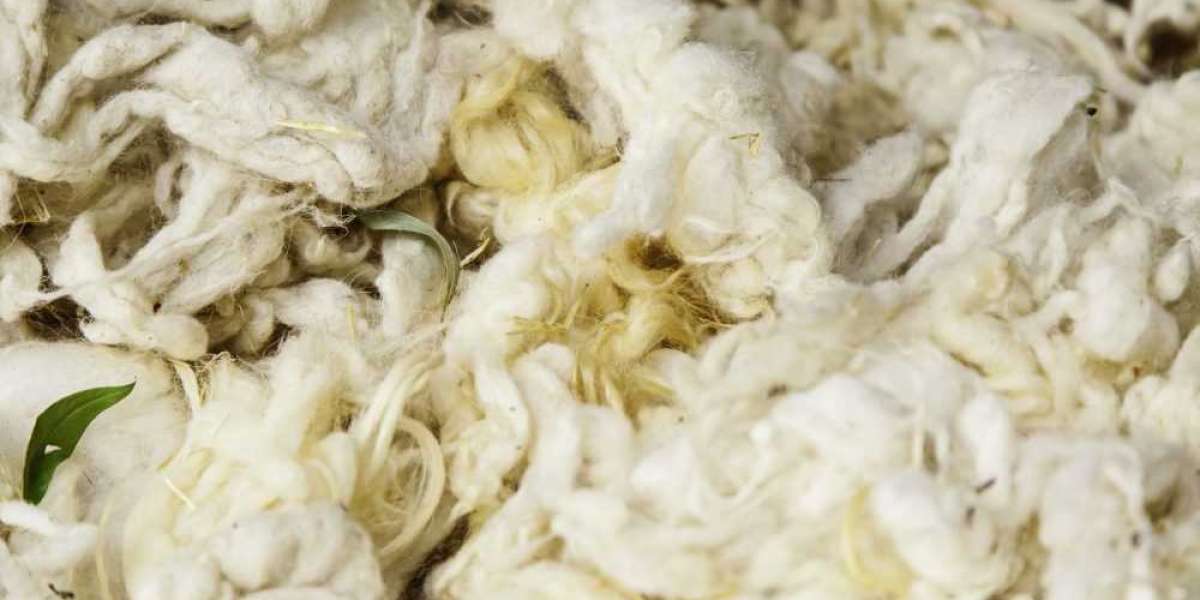India's cotton textile industry has a rich and diverse history that spans centuries. The evolution of this industry is a testament to India's prowess in textile production and its significant contributions to the global market. From traditional handloom weaving to modern mechanized mills, the cotton textile industry in India has grown exponentially, facing numerous challenges and adapting to changing times. In this article, we delve into the fascinating journey of this industry, tracing its evolution and highlighting its present state.
India has a long-standing tradition of textile production, with cotton being one of the primary materials used. The art of weaving cotton fabric dates back to ancient times, with evidence of its existence during the Indus Valley Civilization around 2500 BCE. Indian cotton textiles were highly coveted in the ancient world due to the superior quality of Indian cotton and the skillful craftsmanship of Indian weavers.
During the medieval period, India emerged as a major hub for cotton textile production, with regions such as Gujarat, Bengal, and Madras (now Chennai) gaining prominence. Indian textiles found a global market, attracting traders from Europe, the Middle East, and Southeast Asia. The patronage of the Mughal Empire further stimulated the industry, leading to the production of exquisite textiles.
However, the arrival of British colonial rule in the 18th century brought about significant changes in India's textile industry. The British East India Company sought to exploit India's resources for its own economic gain, resulting in the decline of indigenous industries. British-made textiles flooded the Indian market, and policies were implemented to restrict Indian textile production. This had a devastating impact on Indian handloom weavers, who formed the backbone of the cotton textile sector.
Nevertheless, the 19th century marked a turning point for the Indian cotton textile industry. The Industrial Revolution in Britain introduced mechanized production, and the British recognized India's potential as a textile manufacturing center. Modern textile mills were established in cities like Mumbai, Ahmedabad, and Kolkata, incorporating steam-powered machinery and mechanization into the production process.
Following India's independence, the government placed significant emphasis on the development of the cotton textile industry as part of its economic policies. The Five-Year Plans implemented by the government aimed to promote industrialization and self-sufficiency. The textile sector received considerable attention, with initiatives focused on improving infrastructure, increasing production capacity, and developing technical skills. This period witnessed the growth of large-scale textile mills and the establishment of textile research institutes.
However, the liberalization policies of the 1990s brought about new challenges for the Indian cotton textile industry. The removal of trade barriers and the opening up of the economy exposed Indian manufacturers to international competition. To remain competitive, the industry had to address issues of quality, cost-effectiveness, and adaptability to changing consumer demands. These challenges also presented opportunities for growth and innovation.
Today, the cotton textile industry in India continues to thrive as a vital sector of the economy. It encompasses various stages, from cotton cultivation and ginning to spinning, weaving, processing, and garment manufacturing. India is among the world's largest producers and exporters of cotton textiles, catering to diverse markets worldwide. The industry has embraced advanced technologies such as computer-aided design (CAD) and computer-aided manufacturing (CAM) to enhance productivity and efficiency.
In recent years, sustainability and ethical practices have gained prominence in the Indian textile industry. Eco-friendly production methods like organic cotton farming and the use of natural dyes have become increasingly prevalent. Initiatives such as fair trade and fair wages ensure the welfare of workers and artisans, promoting a socially responsible approach.
In conclusion, the evolution of the cotton textile industry in India showcases the resilience, adaptability, and rich heritage of Indian craftsmanship. From ancient times to the modern.



